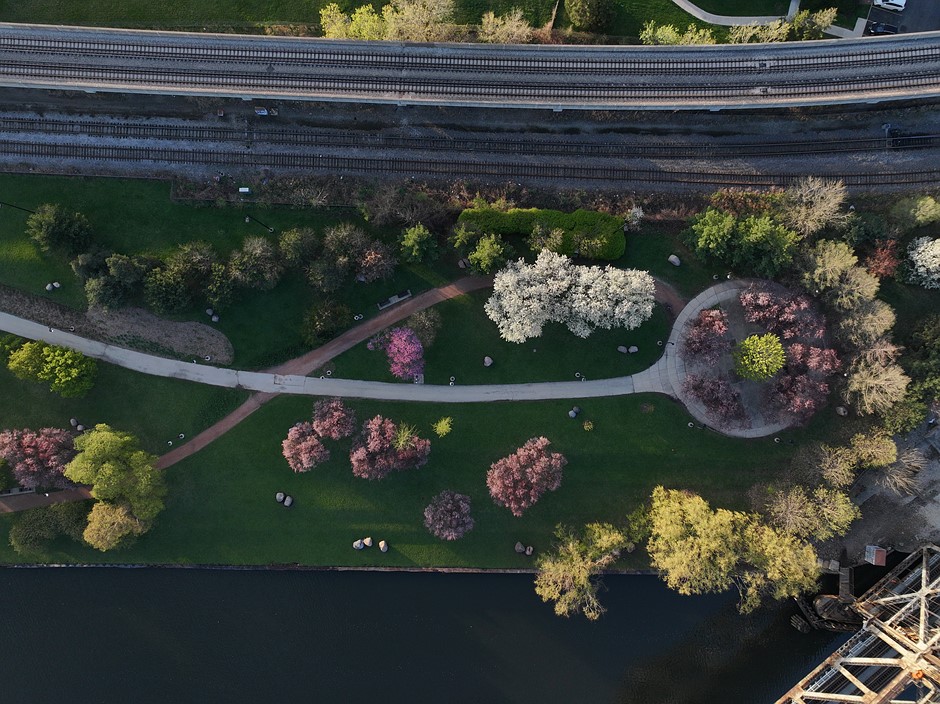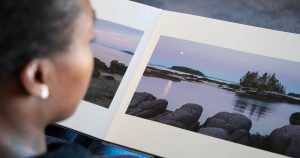
Earlier this year DJI announced its Mavic 3 Pro series, its first drone to feature a three-camera module. Its main camera boasts a Four Thirds CMOS sensor featuring Hasselblad’s HNCS color technology. Here is a sample gallery containing images from that 25mm equiv main camera along with its 70mm and 166mm equivalent telephoto cameras.
In the gallery, you can filter by focal length: 12.29mm for the main camera (what DJI calls the ‘Hasselblad camera,’ with a 20MP Four Thirds sensor), 19.35mm for the mid-telephoto camera (with a smaller 48MP Type 1/1.3 sensor), and 30.71mm for the longest shots (this camera uses the smallest 12MP Type 1/2 sensor).
Having three cameras with three different focal lengths gives remote pilots the ability to home in on subjects without getting too close and more options for framing their shots in-camera. This method is superior to cropping in with a digital zoom, since it utilizes an actual lens to physically magnify the image, resulting in more detailed photographs. Unfortunately, the three cameras use three different sensor sizes so each camera will present a different overall image quality.
Curious to see how these three cameras complement each other? Check the sample gallery for straight out of camera JPEGs and DNG Raw files you can edit yourself.
Jason Hendardy provides an overview of the Sony ZV-1 Mark II, highlighting its capabilities as a tool for vloggers and content creators in video and still photography. View samples of S-Log2 and S-Log3 from the camera, plus see how it performs at a bit of Seattle street photography.
With a bigger battery and better video capabilities, the Fujifilm X-S20 could be the vlogging machine content creators have been waiting for.
The Nikon Z8 is a $4000 Stacked-CMOS full-frame mirrorless camera that offers most of the capabilities of the range-topping Z9 but in a smaller, less expensive body.












